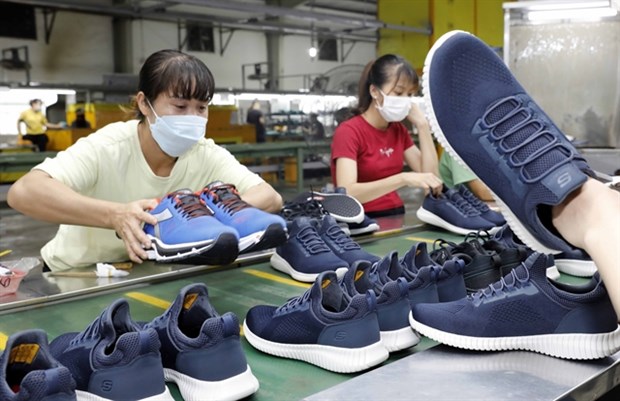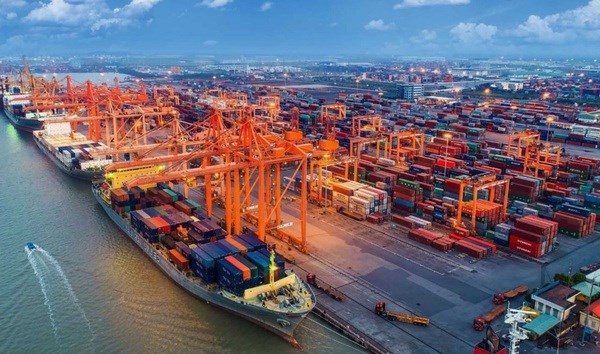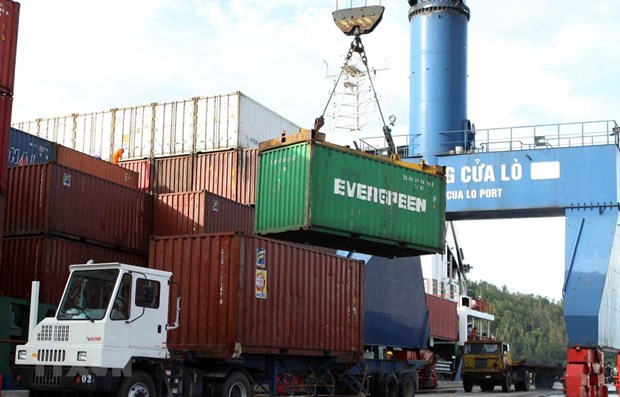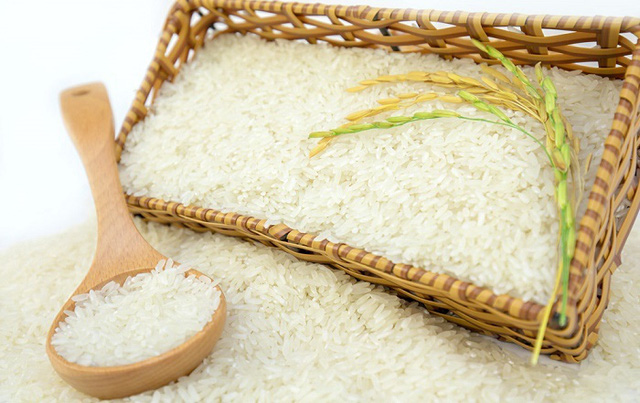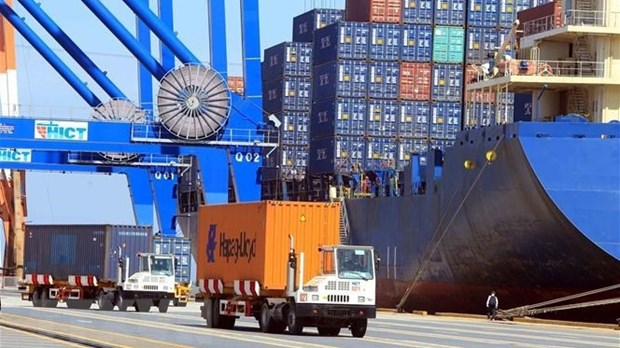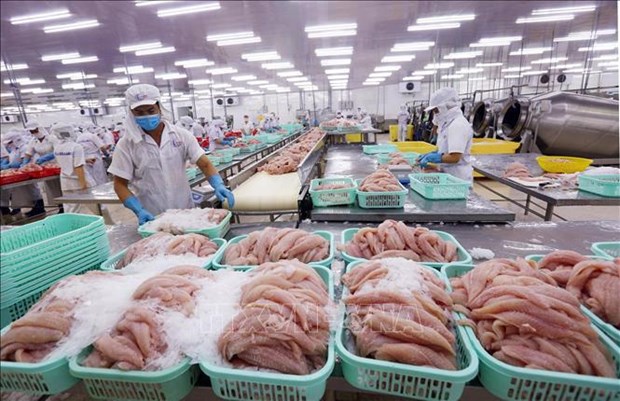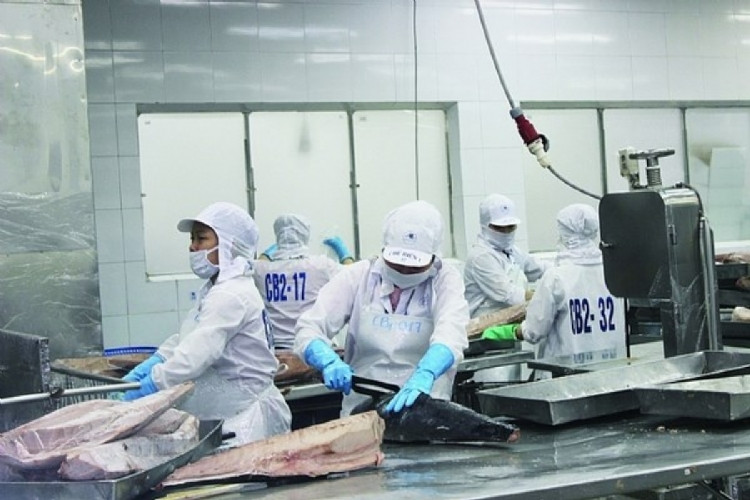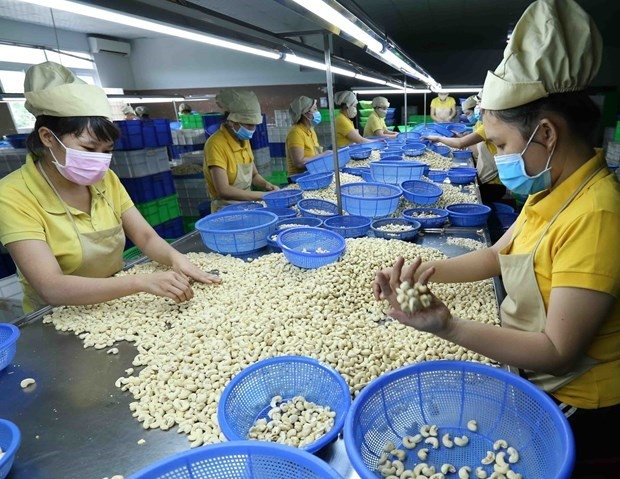Exports of coffee, rice and seafood up 38-50 percent

Vietnam’s export-import turnover increased by 14.4 percent in the first quarter of 2022 compared to the same period a year ago, reaching US$176.35 billion. Tran Thanh Hai, deputy director of the Agency of Foreign Trade under the Ministry of Industry and Trade, talked about Vietnam’s exports in an interview with Vietnam Economic News’ Phuong Lan.

How do you evaluate the first-quarter results?
Vietnam’s exports in the first quarter of the year recorded positive growth, showing that the country has created favorable conditions for business activities.
Total export-import turnover increased by 14.4 percent, reaching US$176.35 billion. Of the total, exports reached an estimated US$88.58 billion, a year-on-year increase of 12.9 percent. In particular, commodities such as coffee, rice and seafood recorded high export growth rates, ranging from 38-50 percent.
Can you elaborate on agricultural exports?
The agricultural sector has always paid great attention to export-import activities. Due to the impact of the COVID-19 pandemic, agricultural exports have faced many difficulties. However, government efforts with the issuance of Resolution 128/NQ-CP have contributed to removing difficulties for agricultural exports, with signs of recovery and growth after six months of implementation.
Ministries and departments have also coordinated with border localities to minimize the impact of pandemic prevention and control measures applied by China on agricultural trade.

Tran Thanh Hai, Deputy Director of the Agency of Foreign Trade
The global demand for agricultural products is currently very high. In particular, some countries are increasingly buying some commodities, such as tra fish, shrimp, coffee and pepper. These factors are considered a great advantage for Vietnam’s agricultural exports.
What challenges will Vietnam face in the coming time?
The biggest challenge remains the impact of the COVID-19 pandemic. Although the impact has lessened in Vietnam and the country has transitioned to a strategy of safe and flexible adaptation to the pandemic, it remains huge in other markets, affecting the supply of raw materials.
Transportation and logistics are also a problem. Over the past two years, the pandemic has pushed up sea freight rates and there has been no sign of decline. In addition, goods congestion at Chinese ports can exacerbate freight problems.
The Russia-Ukraine war has also affected Vietnamese trade. Although Russia and Ukraine are not key Vietnamese export markets, they are buyers of agricultural commodities. As Vietnam and Russia are both members of the Vietnam-Eurasian Economic Union Free Trade Agreement, conflicts and embargoes will slow down Vietnam’s exports to Russia in particular and other relevant markets, in general.
How will the industry and trade sector realize this year’s 6-8 percent export growth target?
Free trade agreements to which Vietnam is a signatory have already proven effective in this regard and will continue to do so.
Members of the Comprehensive and Progressive Agreement for Trans-Pacific Partnership (CPTPP), such as Vietnam, Mexico and Peru have recorded export growth rates of 25-30 percent. In addition, the Regional Comprehensive Economic Partnership (RCEP), which took effect on January 1, 2022, has contributed to promoting Vietnam’s trade and investment with ASEAN countries and their five partners (Australia, New Zealand, Japan, China and the Republic of Korea).

